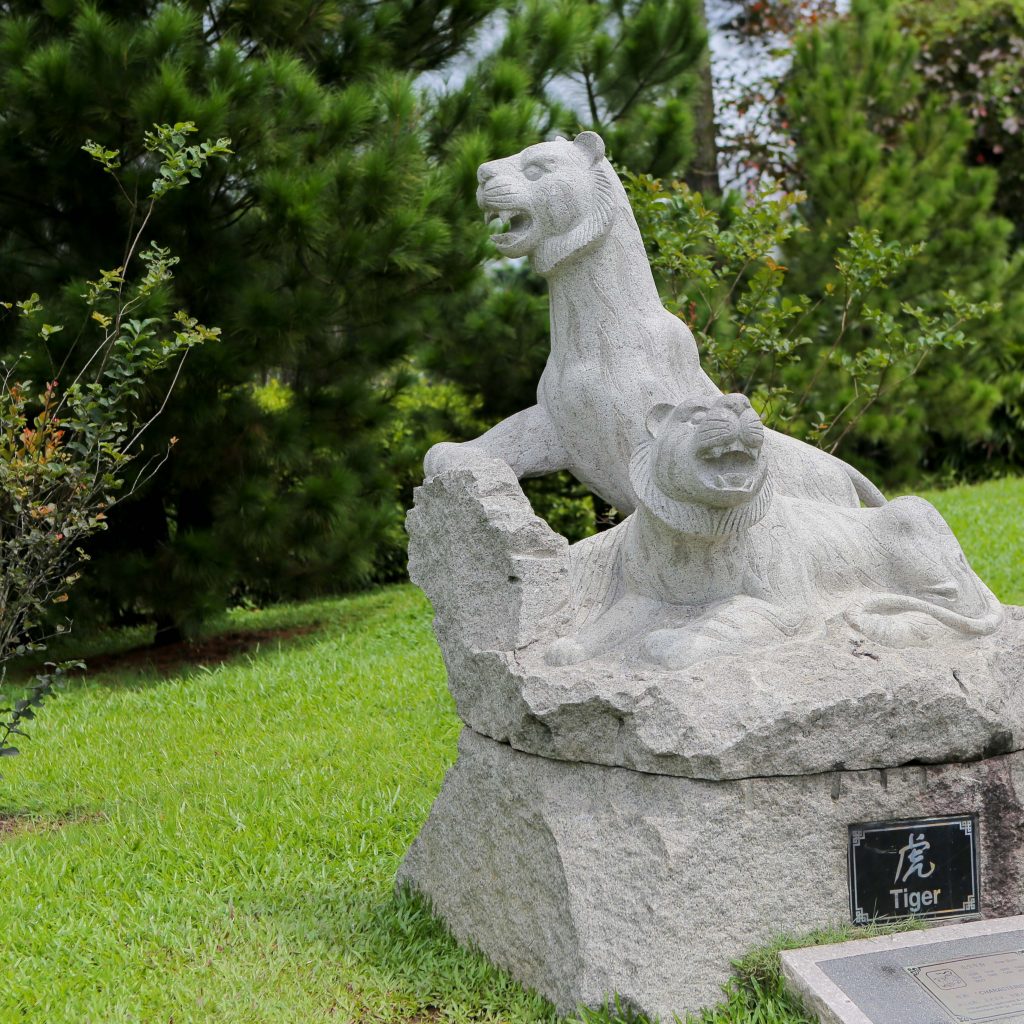Tigers of Colonial Singapore
October 24, 2017

How do you catch a tiger in Singapore?
Who could imagine that over a century ago, wild tigers roamed across Singapore, once a densely-forested island. However, on 26 October 1930, the last tiger on the island was killed near the old Chua Chu Kang village.
A/P Timothy P. Barnard (Department of History) and his co-researcher, in their chapter, ‘Tigers of Colonial Singapore’ in Nature Contained: Environmental Histories of Singapore, delved into the history of these tigers and reveal how their attacks posed a threat to British colonial expansion and exposed the island’s changing physical environment. In 1850, a shocking 200 deaths out of a population of about 50,000 were reported to have been caused by tiger attacks. In the eyes of the British, Singapore was seen as a dangerous tropical port. As agricultural settlements grew further inland, the tensions between man and beast heightened. Metaphorically, the tiger soon became the ‘other’ which symbolized the ‘barbaric’ Asia that needed to be tamed.
Strenuous efforts to hunt these tigers began in the late 1830s when a reward system was introduced. Besides the formation of a ‘Tiger Club’ in 1843, where tiger-hunting became a sport for the well-heeled expatriate community, killing tigers also became a lucrative business as body parts could be sold for up to $50. Over time, the tiger population was decimated and attacks on humans progressively declined. The high rate of deforestation during the 1860s and 1870s further contributed to the dwindling tiger population. By the 1900s, many tigers became more of a commodity for display at Western zoological gardens, signifying man’s triumph over a feared predator, but also embodying the contested relationship between humans and our natural environment.
Buy the book here.
